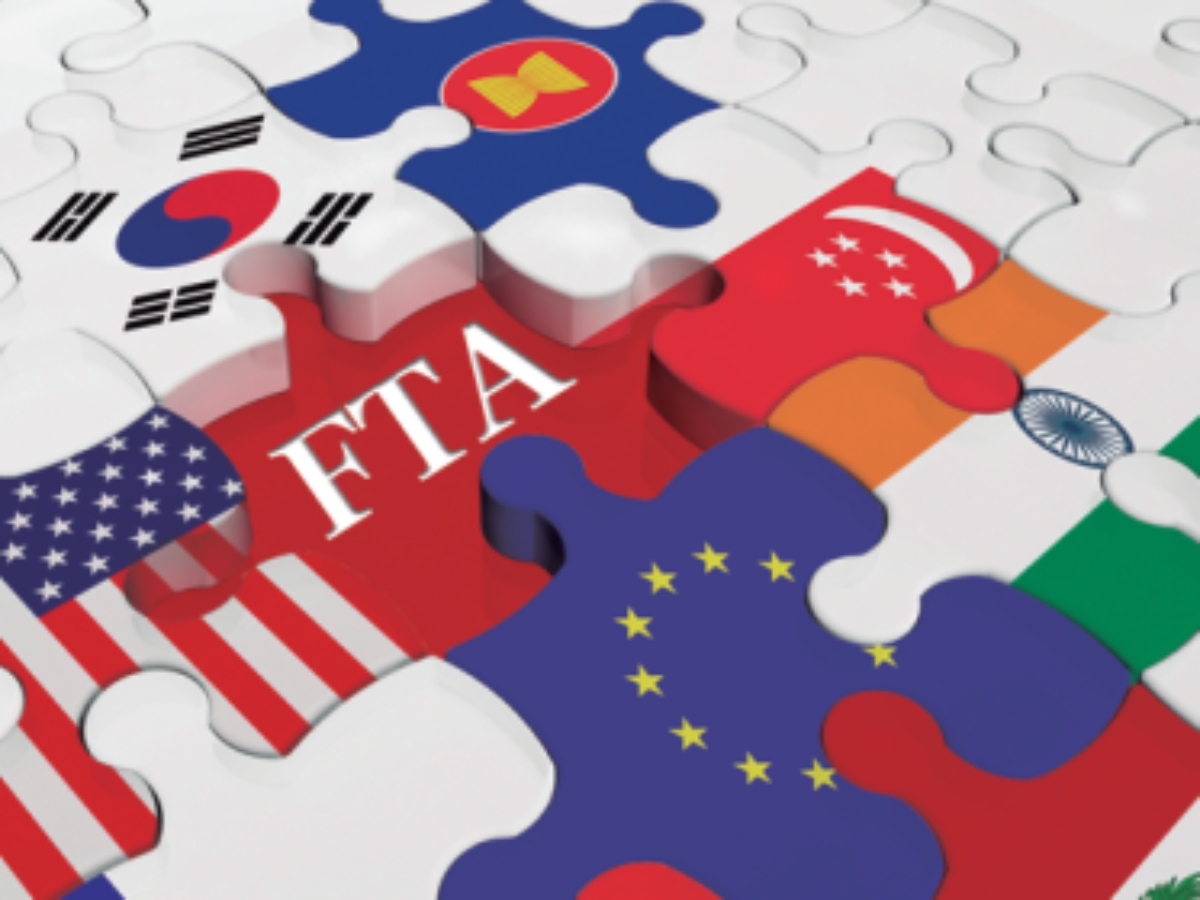Vietnam takes advantage of FTAs to enjoy trade surplus with markets globally
- Vietnam, China hold new round of talks on sea-related issues
- UKVFTA creates more room for bilateral trade links
- UKVFTA ushers in new opportunities for Vietnam-UK trade

After recording export growth of 6.5% worth a total of US$281.5 billion in the context of the global economy being heavily impacted by the novel coronavirus (COVID-19) pandemic, the country can consider 2020 to be a success in economic terms. This achievement demonstrates that the joint efforts of each business to continuously adopt adaptive solutions to effectively exploit opportunities from FTA markets can be productive.
In relation to the local textile and garment industry, despite exports only reaching US$35.2 billion, a drop of US$4 billion compared to 2019, this reduction is the lowest in comparison to major apparel exporters such as India and China.
Due to the efficient use of FTAs, such as the Vietnam-RoK Free Trade Agreement (VKFTA), the Vietnam-Eurasian Economic Union Free Trade Agreement (VN-EAEU), the Vietnam-EU Free Trade Agreement (EVFTA), and the Comprehensive and Progressive Agreement for Trans-Pacific Partnership (CPTPP), the textile and clothing industry's trade surplus increased rapidly. These FTAs saw the sector’s figures surge from US$11.1 billion in 2016 to US$16.9 billion in 2019, with the nation’s textile and garment export turnover ranking fourth globally in 2016, behind China, Bangladesh, and India, even surpassing India in 2019 to be ranked third in the world.
During a recent conference reviewing last year’s performance and outlining the industry and trade sector’s orientations ahead for 2021, Prime Minister Nguyen Xuan Phuc praised the export results of Vietnamese goods to markets with FTAs and markets that feature rigorous requirements. Places that demand high quality, such as the EU, represent highly lucrative markets, with the nation raking in nearly US$20.3 billion from apparel exports.
The CPTTP Agreement was also largely exploited by enterprises, with exports to Canada and Mexico last year reaching US$4.35 billion, up 11.9%, and US$3.17 billion, up 12.2%, respectively.
Essential to make the most of FTAs
As a means of ensuring the goal of meeting this year’s import-export growth of 4% to 5%, keeping trade surplus at the same level as 2020 is not an easy task in 2021 due to COVID-19 still being rampant in many major export markets, such as the United States, the EU, and Japan, causing the demand to decline.
Despite these issues, plans will not be reversed as after a year of dealing with unexpected difficulties, the resilience of local enterprises has been improved, largely through the flexible management of business leaders.
The experience of businesses regarding pandemic prevention has been much better than in early 2020 as they have successfully adapted themselves to production and business in the new normal, with a greater ability to trade in anti-epidemic products to compensate for the drop of conventional goods.
Since January 1, the country has put an additional bilateral FTA with the UK into effect, bringing the country’s total number of valid FTAs to 15. In order to capitalise on market opportunities opened up by these FTAs, PM Phuc has directed businesses to synchronously and effectively exploit FTAs, while actively preparing for the implementation of new FTAs.
The country is one of the economies that features large openness and has trade relations with more than 230 markets, including FTAs with 60 economies, thereby creating favourable conditions for businesses to expand their markets. This is in addition to making it easier to connect and engage more deeply in the value chain, as well as the global production network, making it important to effectively exploit these FTAs, PM Phuc affirmed, adding that utilising FTAs is also an important part of the national production and business strategy.
According to the Import-Export Department under the Ministry of Industry and Trade, recent years has seen the supply-demand chain disrupted due the impact of the COVID-19 pandemic, although the country has continued to record a large trade surplus, largely coming from the markets of developed countries. This has served to create a bright spot for the overall economic picture, with trade surplus last year being 11 times higher than the figure in 2016, with a rise from US$1.78 billion to US$19.1 billion.

